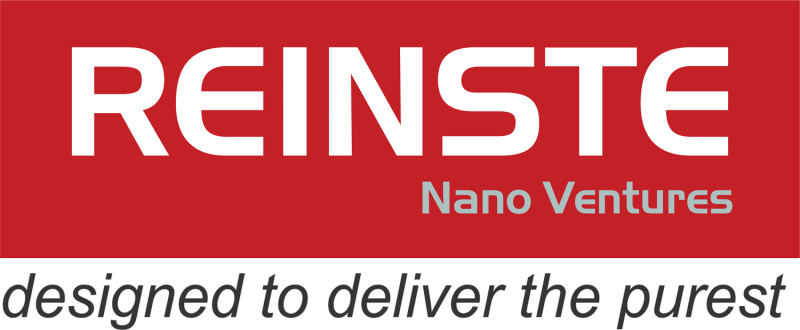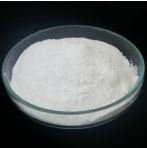Introduction to Nano Titanium Oxide for VOC Removal in India
Volatile Organic Compounds (VOCs) represent a significant environmental and health challenge globally, and India, with its rapidly expanding industrial landscape and urban centers, faces this issue acutely. These airborne pollutants, emanating from diverse sources like manufacturing, automotive emissions, and even household products, contribute to smog formation, acid rain, and pose severe health risks, including respiratory illnesses and various cancers. The urgent need for effective, sustainable, and scalable solutions for VOC removal has never been more critical. This is where the groundbreaking potential of Nano Titanium Oxide for VOC removal emerges as a beacon of hope.
Traditionally, VOC abatement strategies have relied on methods such as activated carbon adsorption, thermal oxidation, and biofiltration. While effective to some extent, these methods often come with limitations like high operational costs, the generation of secondary pollutants, or the need for frequent regeneration. The advent of nanotechnology, particularly the use of photocatalytic Titanium, offers a paradigm shift. Nanomaterials, due to their exceptionally high surface area to volume ratio and unique quantum properties, exhibit enhanced reactivity and efficiency at a molecular level.
Among various nanomaterials, Titanium Oxide for VOC removal stands out due to its excellent photocatalytic activity, chemical stability, non-toxicity, and cost-effectiveness. When nano titanium oxide (TiO2) is exposed to ultraviolet (UV) light, it initiates a photocatalytic reaction that effectively degrades VOCs into harmless byproducts like carbon dioxide and water. This process is not merely a transfer of pollutants from one medium to another but a complete destruction of the harmful compounds, making it an environmentally superior solution.
For Indian researchers and professionals, this technology presents immense opportunities. The "Make in India" initiative and a growing focus on environmental sustainability are driving innovation in air purification technologies. Developing and implementing advanced Nanomaterials for Air Treatment, such as nano titanium oxide, aligns perfectly with these national priorities. From industrial emission control in textile and chemical industries to improving indoor air quality in smart cities, the applications are vast and impactful. This blog delves into the science behind nano titanium oxide, its diverse applications, the benefits it offers to the Indian R&D community and industries, and the future trends that promise a cleaner, healthier India.


